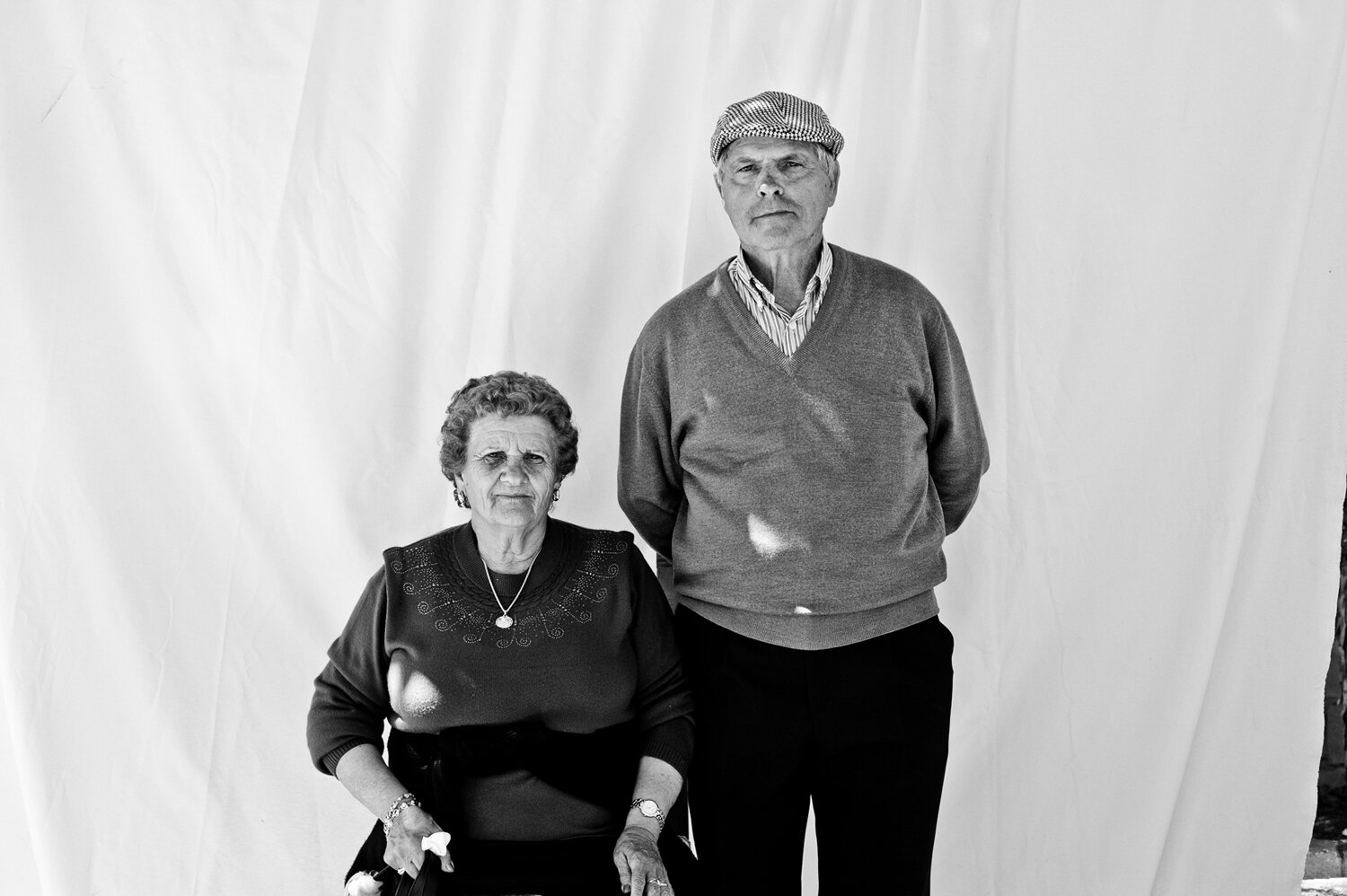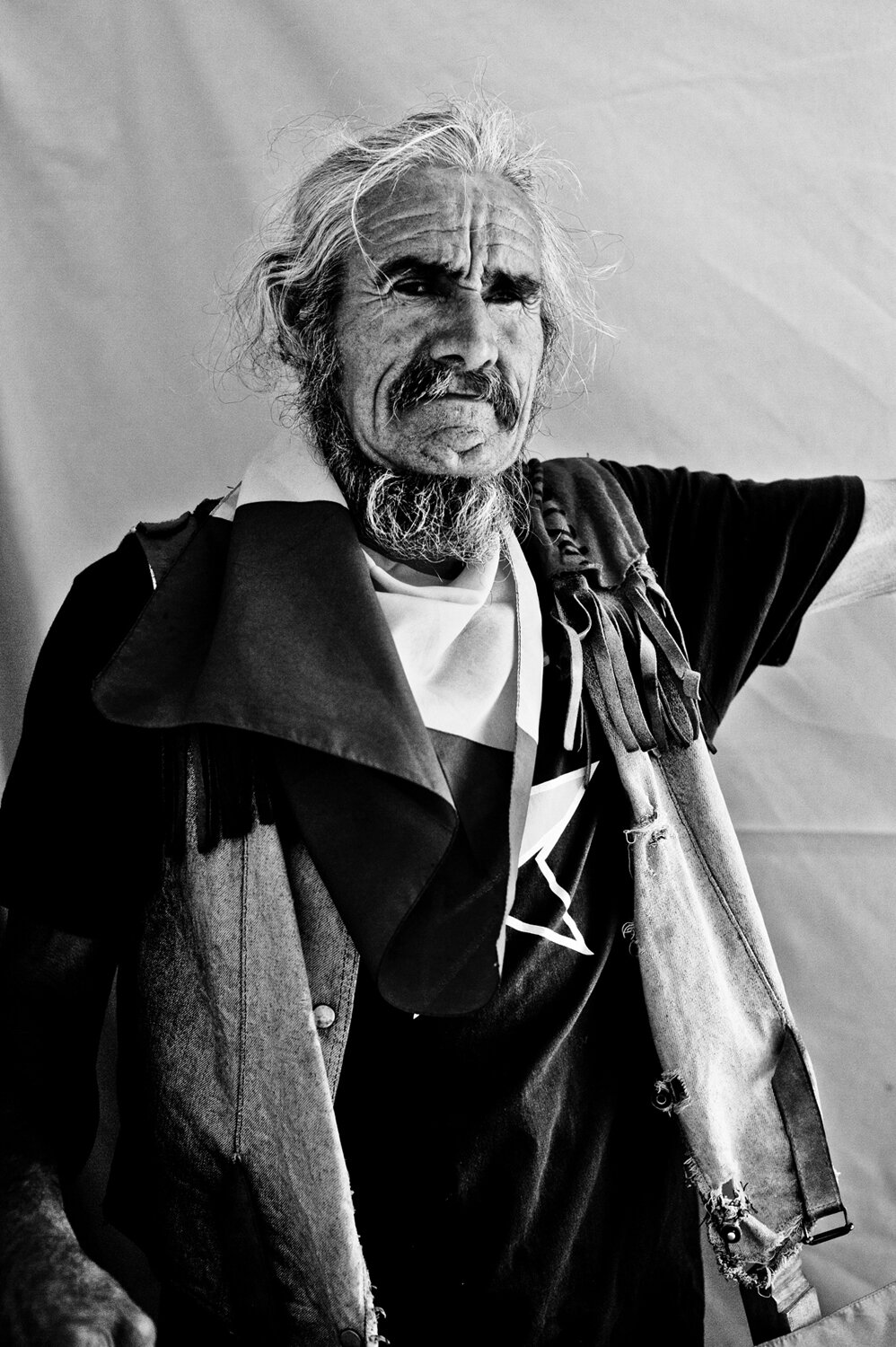The Arts of Recognition
What forms of recognition are called forth in mass grave exhumations in contemporary Spain? What narratives are weaved together when silenced histories are made public?









Portraiture & Narrative.
Abenójar, like many farming communities in the Spanish Province of Castilla-La Mancha, inhabits the past while also embracing the present. For many of this town’s residents, especially those who witnessed the Spanish Civil War (1936-1939) and its aftermath, the melding together of past and present can feel incomplete. The silence surrounding acts of violence that marked the push and pull of everyday life during Franco’s long dictatorship (1939-1975) continue to weigh heavily on those who experienced political repression first-hand.
In June 2012, the Association for the Recovery of Historical Memory exhumed a mass grave located in an abandoned corner of the Abenójar Municipal Cemetery. Responding to petitions made by victims’ kin, the Association’s technical team provided the forensic expertise needed to disinter and identify the skeletal remains contained in the unmarked burial site. It was thought to contain the remains of seven individuals. After several days of excavation, the team recovered the bodies of only four men.
Almost two years later in May 2014, the community gathered with forensic experts and victims’ kin to give homage to the missing. Due to budget cuts, experts were unable to make direct, genetic links between victims’ names and the unearthed bones. The precariousness of historical memory work in Spain was made palpable once again.
Emphasizing the connection between portraiture and expressions of subjectivity, this photo-essay approaches the photographic encounter as a possible starting point for reclaiming a turbulent past and for developing forms of public recognition regarding individual and collective memories of repression.
During the meal following the re-inhumation at the municipal cemetery, I invited victims’ kin and community residents to a makeshift photo studio, where they were photographed and asked to discuss what they had seen and heard during the day. As both photographer and ethnographer, I quickly became the listener who received a wide variety of narratives that recounted people’s memories regarding the Civil War, its violent aftermath and the long period of silence that had enveloped the community.
For those who were direct victims of political repression and those who witnessed that repression, the opportunity to be seen and heard generated new forms of recognition. For younger generations born after the democratic transition, portraiture sessions were a way to learn about these expanded local histories. In this process of weaving together experiences and memories, new histories emerged as a source of common knowledge about the past. To pause and pose became a way of recognizing the multiplicity of histories just beginning to emerge.
Captions (left to right): Makeshift portrait studio; Remedios; Teófilo and Sixto; Mother and Daughter; Anabela and Rita; Longina, Romana and Gala; Angela and Manuel; Preparing the portrait; Enrique “El Che”.